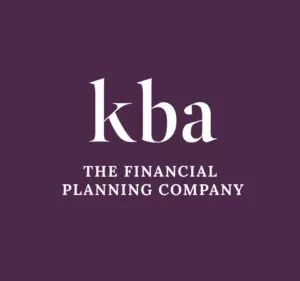The residence nil rate band, known in short as the “RNRB”, is an extra Inheritance Tax (IHT) allowance that was introduced in April 2017.
Although it appears quite a simple extension to the IHT rules, there are actually some complicated parts to it, and it can be quite difficult to follow. It also presents a need for individuals and couples to closely review their long-term legacy plans.
We will aim to unravel this for you in this video. We’re going to use the term “Residence Allowance” from here on. When someone dies, the total value of everything that individual owned must be valued. If the total value after deduction of liabilities is above a certain threshold, IHT must be paid.
The current threshold for IHT is £325,000 for an individual or £650,000 for a couple. The rate of tax on the sum above the threshold is 40%. This can be reduced to 36% if at least 10% of the estate value is left to charity. The example on the screen shows how the calculation works in a simplified case.
However, today there is an extra allowance, the Residence Allowance, which is for people who own residential property. This is an extra amount added to the main allowance, and the value of this extra amount is increasing year-on-year over the four years after it was introduced as shown. In tax year 2020-21, the allowance could be £325,000 of the basic allowance, plus £175,000 of the additional allowance, making a total of £500,000 for each individual and £1 million for a couple. In its simplest form, this is a boost in the amount of the overall allowance for property owners that applies on death.
Here’s how this would affect the example we gave before if the residence allowance was applied in full.
However, things get complicated by a range of factors. The first is that to use the additional Residence Allowance, the person who died must have left their home, or a share of it, to their direct descendants. If you leave the home to anyone else, the extra allowance will not apply. For example, nephews, nieces, brothers and sisters do not qualify under this definition.
Secondly, the property itself must be a residential property. It cannot be commercial nor a buy-to-let property investment that the individual never lived in. It could be a holiday or a second home, even possibly an overseas property, but only one property can be counted in the calculations.
The property value can also be preserved from downsizing after the 8 July 2015. So, if an individual or a couple sells their home to buy another, the value of the original property will be maintained for the calculations.
The fourth aspect to consider is that the allowance will only apply in full up to estate values of £2 million. Values above this will see the allowance reduced by £1 for every £2 of value.
These are the four main factors. However, when it comes to planning, things can get very complex. For example, many individuals and families have investments that may have exemption from Inheritance Tax, have made gifts (or intend to make gifts) in their lifetime, have trusts in place or want to leave money to charities, or have their wills drawn up in certain ways to be most tax-efficient.
In all these cases, how the existing plans and arrangements interact with the new Residence Allowance can be complicated, and these various factors can compete against one another in terms of your planning requirements. Therefore, it is best to review all current and future plans, including the legacy plans, to see how the Residence Allowance impacts upon any other planning. It is also true to say that it is possible to lose the benefit of the new allowance by default if your affairs are not structured accordingly.
We are here to help you to ensure your finances are organised, to make the most of this extra allowance.



